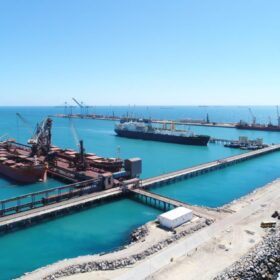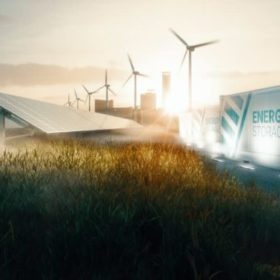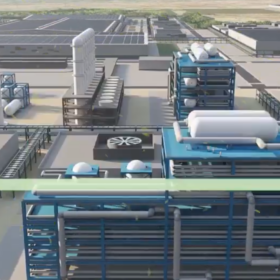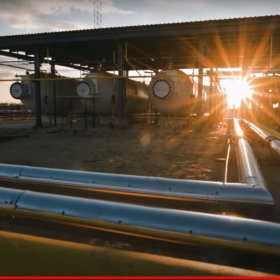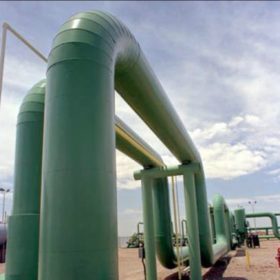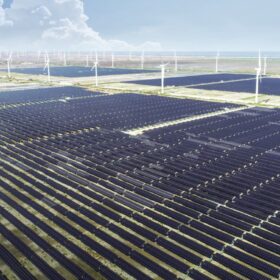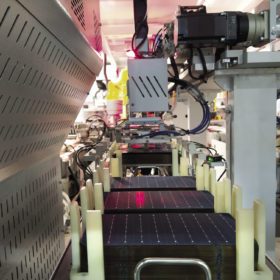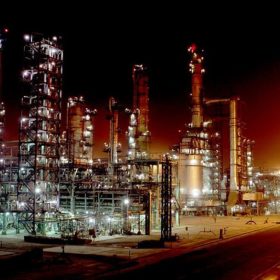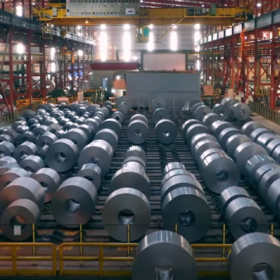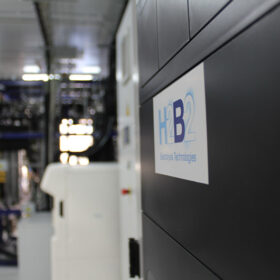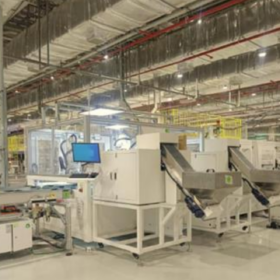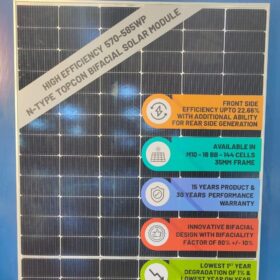Brazil could produce green hydrogen for $2.87/kg, says consultancy
Sao Paulo-based Clean Energy Latin America says green hydrogen could be produced in Brazil at a levelized cost of hydrogen (LCoH) of $2.87 and $3.56 per kg in some strategic locations.
Avaada Group to set up green hydrogen, ammonia plant in Odisha
Avaada Group has signed a Memorandum of Understanding (MoU) with Tata Steel Special Economic Zone Ltd to establish a green hydrogen and ammonia production unit at Gopalpur Industrial Park in Odisha
Reliance chairman outlines plans for HJT solar modules, sodium-ion batteries
Mukesh D Ambani, the chairman and managing director of Reliance Industries, says the company aims to open a fully integrated solar gigafactory by the end of 2025. It also plans to initiate megawatt-level sodium-ion cell production by 2025.
Acme signs land agreement for green hydrogen, ammonia project in Odisha
Acme Group will set up a green hydrogen and ammonia project at Tata Steel Special Economic Zone Ltd’s Gopalpur Industrial Park in the Ganjam district. The land agreement sets aside 343 acres of land for the project.
HSBC announces $2 million funding to IIT Bombay, Shakti Sustainable Energy for green hydrogen innovation
HSBC India has partnered with the Indian Institute of Technology (IIT) Bombay to support innovation-led green hydrogen initiatives. It has also partnered with Shakti Sustainable Energy Foundation (SSEF) to support policy research, and technological and financial solutions for real-world application of green hydrogen in industrial clusters across four states of India.
L&T selects Sungrow inverter solution for 2.2 GW AC solar plant in Saudi Arabia
Sungrow will supply its 1+X modular inverter solution to the 2.2 GW AC solar plant of the NEOM green hydrogen project. The PV plant is being executed by Larsen & Toubro on an EPC basis.
Adani New Industries Q1 revenue up 209% YoY
Adani New Industries Ltd recorded a revenue of INR 1,898 crore ($229 million) in the first quarter of FY 2023-24, 209% up year-on-year. Earnings before interest, taxes, depreciation, and amortization (EBITDA) increased 7.5 times to INR 355 crore as export volumes surged 19 times.
Indian Oil assessing multiple pathways for green hydrogen production
The State-owned oil and gas major is assessing green hydrogen production based on solar electrolysis, biomass gasification, and bio-methanation.
JSW Steel to use green hydrogen for steelmaking at Vijayanagar plant
JSW Energy will set up a 3,800 tonnes per annum (tpa) green hydrogen plant for supply to JSW Steel. Green hydrogen production at the plant will be powered by 25 MW of renewable energy.
GreenH building 1 GW electrolyzer fab in India
The company’s manufacturing plant in Haryana will produce proton exchange membrane (PEM) electrolyzers based on the technology from its Spanish parent firm H2B2 Electrolysis. The plant will start production by October.
